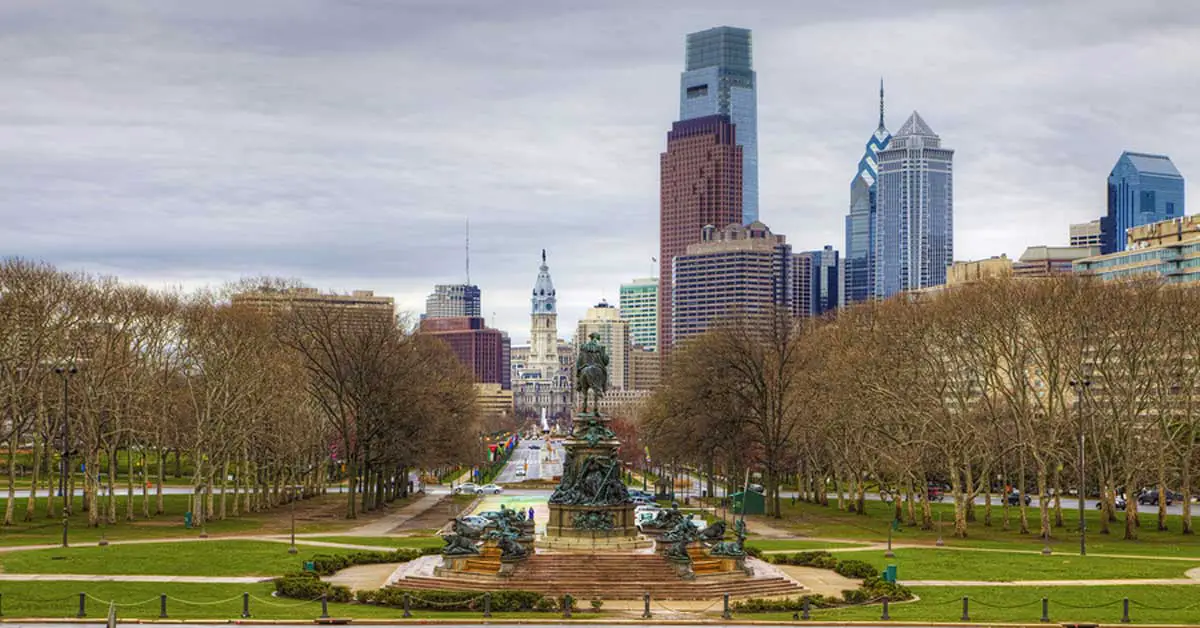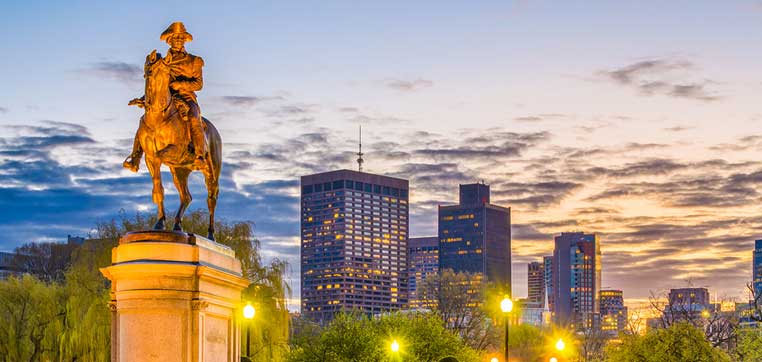 The NCAA Division 2 is the smallest of the three NCAA Divisions. Division 2 colleges, like Division 1 schools, offer athletic scholarships. However, they do not offer as many scholarships in many sports and are not required to sponsor as many varsity teams as D1 programs. They also tend to offer more partial scholarships. However, since they aren’t required to offer headcount scholarships, you will often find D2 colleges actually sponsor more varsity teams than required.
The NCAA Division 2 is the smallest of the three NCAA Divisions. Division 2 colleges, like Division 1 schools, offer athletic scholarships. However, they do not offer as many scholarships in many sports and are not required to sponsor as many varsity teams as D1 programs. They also tend to offer more partial scholarships. However, since they aren’t required to offer headcount scholarships, you will often find D2 colleges actually sponsor more varsity teams than required.
50-50 College Highlights
50-50 Highlights: Colleges in Philadelphia
 When creating their preferred list of colleges, many students are looking for schools that will include the “big city” experience. New York is the obvious choice. However, students shouldn’t overlook the nation’s 7th largest city, Philadelphia, just a 90 minute train ride to the south. Surely it can provide the requested “big city” experience at one of its 35 area colleges and universities. Furthermore, 16 colleges in Philadelphia have at least a 50% graduation rate while accepting at least 50% of applicants qualifying them as 50-50 schools.
When creating their preferred list of colleges, many students are looking for schools that will include the “big city” experience. New York is the obvious choice. However, students shouldn’t overlook the nation’s 7th largest city, Philadelphia, just a 90 minute train ride to the south. Surely it can provide the requested “big city” experience at one of its 35 area colleges and universities. Furthermore, 16 colleges in Philadelphia have at least a 50% graduation rate while accepting at least 50% of applicants qualifying them as 50-50 schools.
50-50 Highlights: Colleges in Los Angeles
 I’m pretty sure the number of students who would want to attend college close to beaches and mountains and with sunny weather outnumbers those that don’t which is why many look for colleges in Los Angeles. With the area’s entertainment industry, international business connections, and tech development, Los Angeles has more than just its climate and geography to appeal to students. Maybe that’s why there are 49 colleges in the greater Los Angeles area (Combined Statistical Area) with 14 of them accepting at least 50% of students while having at least a 50% graduation rate qualifying them as 50-50 schools.
I’m pretty sure the number of students who would want to attend college close to beaches and mountains and with sunny weather outnumbers those that don’t which is why many look for colleges in Los Angeles. With the area’s entertainment industry, international business connections, and tech development, Los Angeles has more than just its climate and geography to appeal to students. Maybe that’s why there are 49 colleges in the greater Los Angeles area (Combined Statistical Area) with 14 of them accepting at least 50% of students while having at least a 50% graduation rate qualifying them as 50-50 schools.
50-50 Highlights: Colleges in the Boston Area
 Going to college in Boston isn’t just for high school valedictorians, those with 10 AP classes on their transcripts, or those with test scores in the 90th percentile or higher. It’s only natural that you would assume so with names like Harvard, MIT, Tufts, Boston College, Wellesley, Northeastern, and Brandies dominating the higher education neighborhood. However, learning really is for everyone and there are 36 colleges in the greater Boston area with 500 or more full-time undergraduates. You do the math. Furthermore, a third of them are 50-50 colleges.
Going to college in Boston isn’t just for high school valedictorians, those with 10 AP classes on their transcripts, or those with test scores in the 90th percentile or higher. It’s only natural that you would assume so with names like Harvard, MIT, Tufts, Boston College, Wellesley, Northeastern, and Brandies dominating the higher education neighborhood. However, learning really is for everyone and there are 36 colleges in the greater Boston area with 500 or more full-time undergraduates. You do the math. Furthermore, a third of them are 50-50 colleges.
50-50 Highlights: Colleges in the New York City Area
 When students think about going to college in New York City, NYU and Columbia are usually the first colleges that come to mind. And then maybe Vassar and Fordham will be mentioned. Someone might think about the City Colleges. But for too many students, going to college in New York City is pretty much limited to these schools. Which is too bad since there 84 4-year colleges with at least 500 students in the greater New York area. And 21 of them are 50-50 schools.
When students think about going to college in New York City, NYU and Columbia are usually the first colleges that come to mind. And then maybe Vassar and Fordham will be mentioned. Someone might think about the City Colleges. But for too many students, going to college in New York City is pretty much limited to these schools. Which is too bad since there 84 4-year colleges with at least 500 students in the greater New York area. And 21 of them are 50-50 schools.
50-50 Highlights: Phi Beta Kappa Colleges for Academic Challenge
 One reason many people give for attending a prestigious or ranked college or university is the need to be among intellectual peers. Parents and students worry that students won’t be challenged enough at less-well known or lower ranked schools. This is often accompanied by the networking argument–it’s the class peers along with faculty that will be crucial in developing future opportunities.
One reason many people give for attending a prestigious or ranked college or university is the need to be among intellectual peers. Parents and students worry that students won’t be challenged enough at less-well known or lower ranked schools. This is often accompanied by the networking argument–it’s the class peers along with faculty that will be crucial in developing future opportunities.
50-50 Highlights: Most Expensive Colleges for Out-of-State Students and the Cheapest
 Of the 464 colleges and universities on the 50-50 list, 179 of them are public institutions. Furthermore, 50-50 schools are not distributed equally among all of the states. That means that if you want to start your search with the largest number of schools possible, you don’t want to immediately eliminate out-of-state public institutions.
Of the 464 colleges and universities on the 50-50 list, 179 of them are public institutions. Furthermore, 50-50 schools are not distributed equally among all of the states. That means that if you want to start your search with the largest number of schools possible, you don’t want to immediately eliminate out-of-state public institutions.
50-50 Highlights: Most Affordable Public University by State
 One factor that will determine how much you pay for college is location. I’ve talked before about how students who insist only on schools in the northeast or on the coasts will pay for the privilege. Geography can actually be a hook depending on the location of the college and the student. Here, I’m going to cover how location can affect how much you pay to attend a public university.
One factor that will determine how much you pay for college is location. I’ve talked before about how students who insist only on schools in the northeast or on the coasts will pay for the privilege. Geography can actually be a hook depending on the location of the college and the student. Here, I’m going to cover how location can affect how much you pay to attend a public university.
Public Universities Where at Least Half of Students Graduate
 The idea behind the 50-50 school listing is to identify colleges that meet a basic standard, graduation rates, while accepting more students than they reject. However, acceptance rates of 50% or better do not guarantee accessibility for many students. The fact is that the majority of the 50-50 schools are private and not all are generous with their financial aid.
The idea behind the 50-50 school listing is to identify colleges that meet a basic standard, graduation rates, while accepting more students than they reject. However, acceptance rates of 50% or better do not guarantee accessibility for many students. The fact is that the majority of the 50-50 schools are private and not all are generous with their financial aid.









